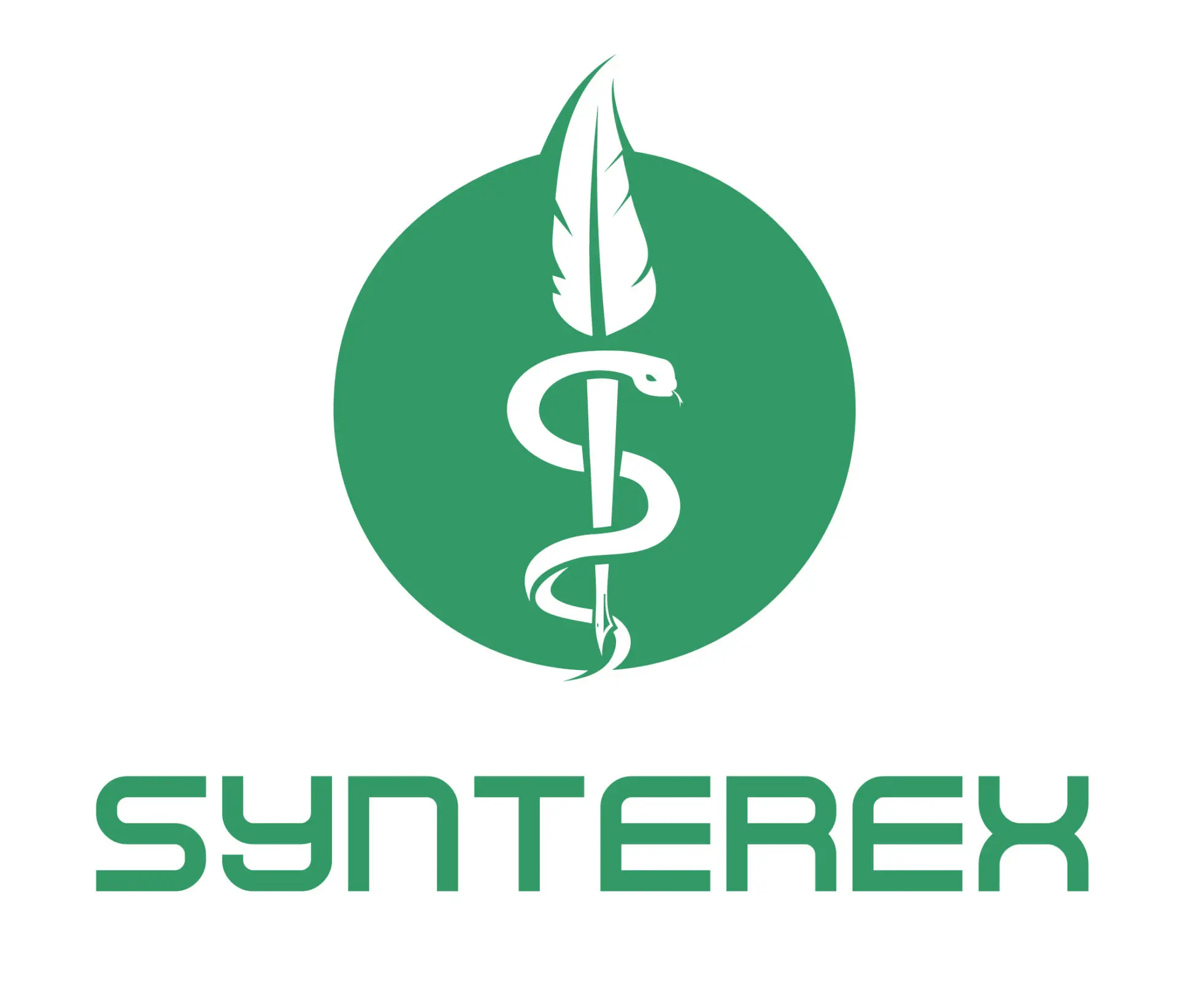According to the National Diabetes Statistics Report,1 5.7% of all United States (US) adults with type 1 diabetes rely on insulin for managing their condition. Additionally, approximately 12.3% of US adults starting using insulin within a year of their diabetes diagnosis. Insulin stands as a cornerstone in the treatment regimen, offering hope and vitality to countless individuals battling diabetes mellitus.
What Is Insulin?
Insulin is a hormone produced by the pancreas that plays a crucial role in regulating blood glucose levels by mediating carbohydrate metabolism. In diabetes, the body faces challenges due to either a deficiency of insulin or insulin resistance.2 Insulin resistance is defined as a condition where insulin-targeting tissues respond less effectively to elevated levels of insulin. It is a key factor behind various modern diseases, such as metabolic syndrome, nonalcoholic fatty liver disease (NAFLD), atherosclerosis, and type 2 diabetes mellitus (T2DM). This resistance often develops before abnormally high blood glucose levels appear, which are a primary symptom of T2DM. Insulin therapy is recommended when the body cannot produce sufficient insulin or when its demand for insulin increases.3
Nobel Prize and the Discovery of Insulin
Before the discovery of insulin by Sir Frederick G. Banting, Charles H. Best, and J.J.R. Macleod, diabetes was often a death sentence for patients. The journey to understand and treat diabetes began over a decade earlier with Sir Edward Albert Sharpey-Shafer, who first coined the term “insulin.”4 The following paragraphs5 highlight the remarkable efforts of these pioneering scientists, whose work has brought hope and life to millions living with diabetes.
Banting was a Canadian surgeon who began his career in London, Ontario, in 1920. While serving as an instructor at a medical school, he developed an interest in pancreatic research. On October 30, 1920, while preparing a lecture, he read an article that inspired him to investigate the link between pancreatic secretions and diabetes. He then approached Macleod, a leading physiologist at the University of Toronto, who, despite some initial skepticism, provided him with laboratory space and resources.
In May 1921, Banting partnered with recent graduate Best to conduct experiments. They found that pancreatic extracts could lower blood sugar levels in diabetic dogs, marking a crucial step toward isolating insulin. Later, James Collip joined their team to assist in purifying insulin, and after overcoming several challenges, they conducted the first human tests, leading to significant advancements in purification methods.
On May 3, 1922, the team triumphantly announced the discovery of insulin, a breakthrough that would change the course of medical history. Banting and Macleod received the 1923 Nobel Prize in Physiology or Medicine, a moment marked by both celebration and tension, as Banting chose to share his prize money with Best, acknowledging their collaborative efforts. By the end of 1923, insulin was commercially available, ushering in a new era in diabetes treatment and saving countless lives, transforming a once-fatal condition into a manageable one and offering hope to millions.
With the advent of recombinant DNA technology, the first biosynthetic insulin6 was developed and commercially marketed under the brand name Humulin. Since then, various insulin formulations have been created, including ultra-rapid and ultra-long-acting insulins. Insulin has undergone several modifications to enhance its pharmacological activity.6 However, a concerning recent development has been the substantial rise in insulin prices, which now far exceeds manufacturing costs. This increase may force patients to pay more out of pocket, leading them to ration their insulin at the cost of their health and well-being.
$35 price cap: Curbing Insulin Prices
In response to inflated prices, the US government rolled out the Inflation Reduction Act7 which capped the cost of insulin at $35 per month for seniors who have Medicare, including those who use insulin pumps, starting in 2023. Pharmaceutical companies have also adjusted out-of-pocket costs to $35 for eligible patients, and some companies are extending this $35 price cap benefit to uninsured individuals as well.
These actions represent a positive step toward the principle that no one should have to go without insulin. However, significant challenges remain in managing the financial burdens associated with diabetes care. Diabetes often coexists with other health conditions requiring medical intervention, further increasing costs. Even when managing diabetes alone, patients need supplies to monitor their blood sugar levels, which add to their expenses. Ultimately, patients find themselves facing higher out-of-pocket costs. Comprehensive government policies are essential at every level of the healthcare system to address the financial challenges faced by those living with diabetes. One promising option is for healthcare practitioners to explore insulin biosimilars for their patients, providing them with detailed information about this therapeutic alternative.
Lastly, diabetes is incurable and life-threatening. As of now, insulin is needed for the patient’s life to maintain glucose levels. For this medical marvel, thank you, diabetes researchers!
———–
- National Center for Chronic Disease Prevention and Health Promotion (U.S.). Division of Diabetes Translation. “National diabetes statistics report, 2021: estimates of diabetes and its burden in the United States” (May 2024). Accessed October 27, 2024. Available at: https://www.cdc.gov/diabetes/php/data-research/index.html
- Insulin. Cleveland Clinic. Last reviewed January 17, 2024. Accessed October 25, 2024. Insulin: What It Is, What It Does, How To Take It & Side Effects
- Lee SH, Park SY, Choi CS. Insulin Resistance: From Mechanisms to Therapeutic Strategies. Diabetes Metab J. 2022;46(1):15-37. doi:10.4093/dmj.2021.0280
- Vecchio I, Tornali C, Bragazzi NL, Martini M. The Discovery of Insulin: An Important Milestone in the History of Medicine. Front Endocrinol (Lausanne). 2018;9:613. Published 2018 Oct 23. doi:10.3389/fendo.2018.00613
- Rostène W, De Meyts P. Insulin: A 100-Year-Old Discovery With a Fascinating History. Endocr Rev. 2021;42(5):503-527. doi:10.1210/endrev/bnab020
- Hirsch IB, Juneja R, Beals JM, Antalis CJ, Wright EE. The Evolution of Insulin and How it Informs Therapy and Treatment Choices. Endocr Rev. 2020;41(5):733-755. doi:10.1210/endrev/bnaa015
- FACT SHEET: President Biden’s Cap on the Cost of Insulin Could Benefit Millions of Americans in All 50 States. White House. Published March 02, 2023. Accessed October 25, 2024. https://www.whitehouse.gov/briefing-room/statements-releases/2023/03/02/fact-sheet-president-bidens-cap-on-the-cost-of-insulin-could-benefit-millions-of-americans-in-all-50-states/
